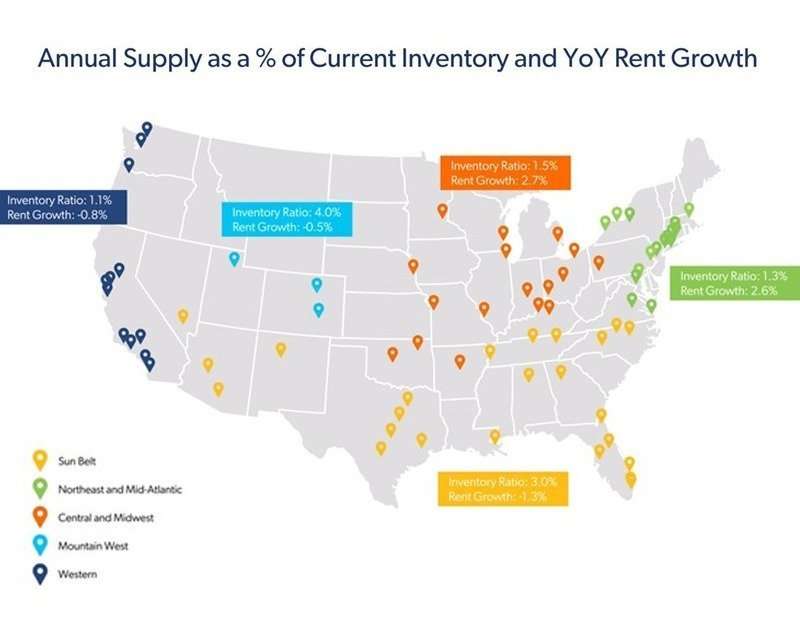
It’s no surprise that the inputs in your underwriting model have powerful effects on returns. The real art of underwriting comes down to how well you can use these inputs to make the most accurate analysis possible.
That’s why your Year 1 assumptions are so critical.
When I am underwriting a new deal, I take a look at how the trailing 12 months and trailing 3 months look on the profit and loss statement.
In combination with my own assumptions, market data, and feedback from our property management company, I then use the T12 and T3 to create my Year 1 pro forma. Your entire analysis then builds off of the Year 1 numbers.
Income Assumptions:
To make the most accurate Year 1 pro forma possible, have the T12 and T3 data next to your Year 1 assumptions.
Underwriting is all above identifying trends. By viewing the historical data, you can ask yourself questions like this:
- Is physical vacancy increasing or decreasing?
- Is bad debt increasing and do we think we will inherit the property with unqualified tenants?
- How much of the utilities is the current owner billing back for? How much do we think can be recaptured in Year 1?

I’m constantly comparing my total income numbers to the historical figures. Sometimes I see underwriting from other sponsors where their Year 1 pro forma income is extremely high compared to the T12.
Depending on the business plan, this may be unrealistic to model. When we acquire a property, it takes time to renovate units, add new forms of income, and implement our business plan. I like to see a very gradual increase in my underwriting to be conservative.
Expense Assumptions:
Same goes for the operating expenses. It’s best practice to identify any trends from the T12 and T3 data.
- What contracts are currently on the property?
- What is the current owner paying for repairs? Will your Year 1 numbers be higher or lower?
- How much is the current payroll expense? Is it possible your payroll will be more/less?
- Are utilities rapidly increasing in the last few months? Will this effect your Year 1 numbers?

This is where passive investors can verify assumptions in the sponsor’s underwriting. Here you can check if the sponsor is expecting a tax reassessment in the first year. You can also clearly see how the Year 1 assumptions stack up against the historical numbers.
Making the most accurate Year 1 pro forma is critical because your entire analysis builds off of that. Use the T12, T3, and feedback from your property management company build the most accurate pro forma. Sometimes, abnormally high income changes in the first year may be unrealistic.
Source: Year 1 Assumptions: How to correctly model this
https://www.creconsult.net/market-trends/mastering-year-1-assumptions-in-real-estate-underwriting/











